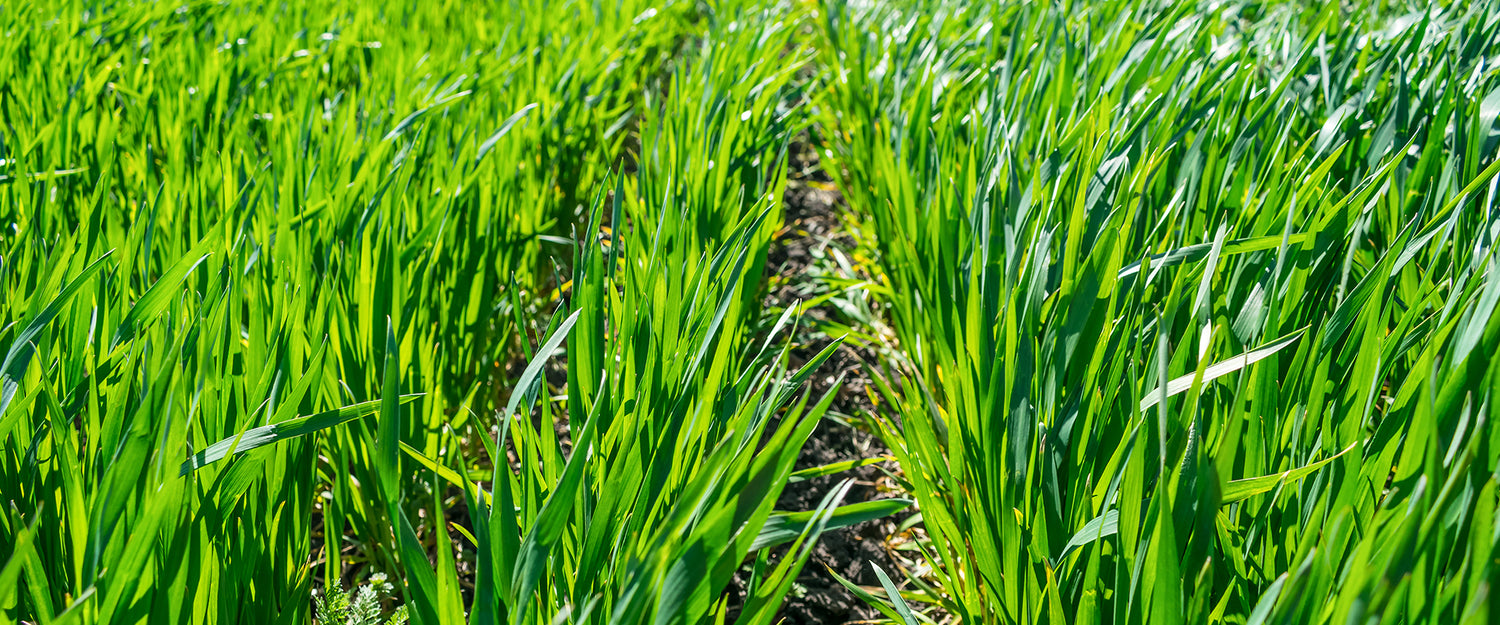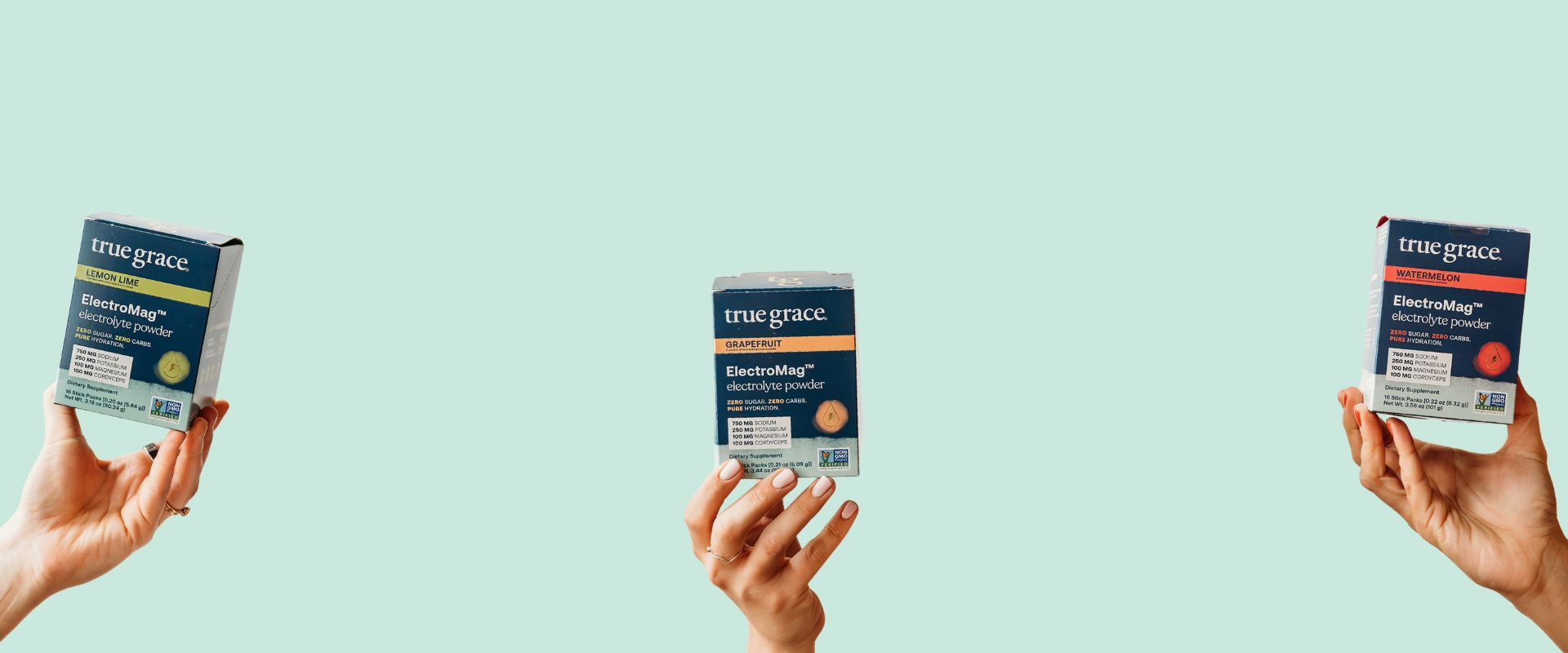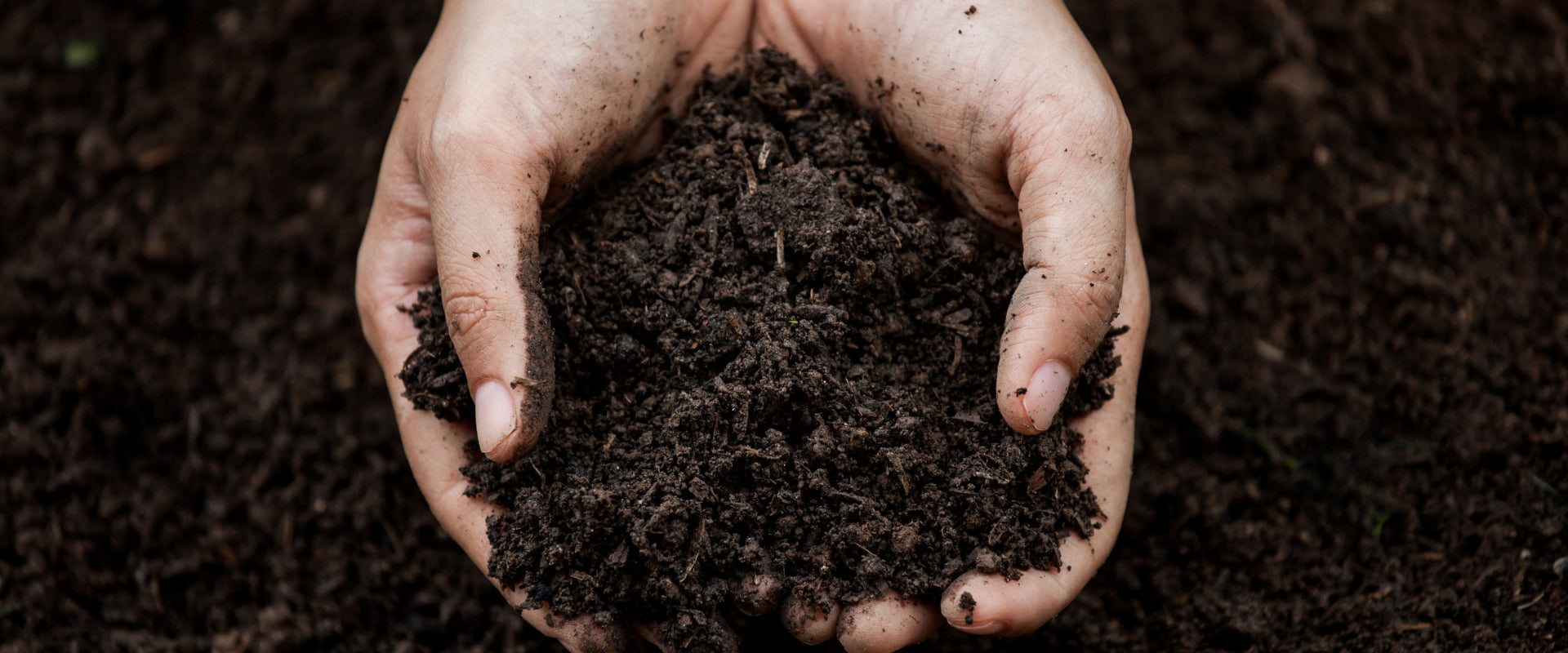Tom Newmark is a pioneer of regenerative agriculture: co-founder of The Carbon Underground and the Soil Carbon Initiative, and co-owner of an ecolodge and farm that teaches regenerative agriculture.
You are what your food eats—so how can we feed crops well?
I don’t eat meat so I can’t confirm this, but I’ve read that acorn-fed Iberico pigs in Spain have meat that tastes rich and nutty. I once spent months in the French Alps on a meditation course, and I could tell from the flavor of the milk what the cows had been grazing on up in the meadows. Clover milk? Yummy! Garlic milk on the other hand: not so much...
These are anecdotes, but science has now confirmed that when nursing mothers ate garlic, vanilla, bananas, caraway, anise, and menthol, chemical traces of those flavors were soon detectable in breast milk. Ironically, and unlike me, nursing babies really like garlic-flavored breast milk!
For you red-meat eaters out there, you know that grass-fed and finished beef has a completely different taste than grain-fed beef. The grass-fed and finished beef is also much higher in Omega 3 and conjugated linoleic acids, vitamins, and antioxidants. And how about some red wine with your steak? Lift your glass and taste the….terroir! The terroir of a wine is the experience of the "soil food web" expressed through the flavors of the grape, and those flavors are sensory signals of nutritional content.
How the soil food web was formed
Ruminate on the words “soil food web.” The soil food web is the key to the flavors and nutritional value of food. Let’s dive into the soil to see how that works.
Hundreds of millions of years ago, clever cyanobacteria figured out how to capture solar energy and convert it to cellular energy. In an evolutionary leap (and credit here to Professor Lynn Margulis for this brilliant discovery) an endosymbiotic cyanobacterium somehow found its way inside a plant cell, taking up permanent residence and evolving into the chloroplast. As a result, plants can harvest calories of energy from the sun, use that energy to rearrange water and carbon dioxide molecules, and convert those molecules into calories of stored energy in the form of carbohydrates. This is the miracle of photosynthesis, and this is what turned the hard rock of our home planet into a cornucopia of tasty solar-powered and carbon-based food.
Strangely, though, plants are unable to directly harvest nitrogen, phosphorus, sulphur, iron, magnesium, selenium, and many other ingredients that are necessary for the survival and food value of a plant. Think about that: plants can harvest sunlight and carbon, but they can’t harvest nitrogen even though nitrogen comprises 78% of our planet’s atmosphere.
Plants, however, absolutely must have nitrogen; it’s a building block of chlorophyll, DNA, nucleic acids, and amino acids. If you’re a plant, your inability to directly harvest nitrogen means you’ve got to source it from somewhere, and once again bacteria have the answer. Certain “nitrogen fixing bacteria” can metabolize elemental nitrogen and turn it into a biologically available form of the element. But those bacterial savants have a curious hole in their game: they can’t directly harvest sunlight or carbon. Do you see where this is going?
Plants eat the sunlight and drink in carbon through CO2, and make of them energy-rich carbohydrates.
Nitrogen-fixing bacteria eat elemental nitrogen and turn it into, well, plant food. The stage is set for an underground commodities exchange, where carbohydrates pass through a plant’s roots, flow out into the soil, and become available to bacteria - in exchange for nitrogen! Plants are happy, bacteria are happy. And if bacteria are happy then you can bet that they eat, excrete, multiply, die, and also feed fungi, protists, nematodes, worms, and other soil organisms, which in turn grow, reproduce, and die.
That mass of dead stuff in the soil (“necromass!”) clumps with minerals and hides out in soil pores formed by roots, resulting in stable soil organic matter. Multiply this by a near-infinity of soil microbes, some creating nitrogen food for the plants and other microbes creating foods based on elements like Sulphur, phosphorus, selenium, and potassium, and you’re got a sense of the soil food web creating new and nutrient-dense soil at the root tips. Root tips, in other words, are the place where botany meets geology and chemistry becomes biology! Got it?

How the web got ripped apart
That’s how elements become alive and food becomes nutritious. That is until some scientists figured out how to create weapons out of synthesized nitrogen, use those weapons to wage world wars, and then when the wars were done use excess manufacturing capacity to turn synthetic nitrogen into fertilizer. Now we humans could give plants the critical nitrogen (and phosphorus and potassium), and plants in turn didn’t need to share their carbohydrates with soil microbes. There went the underground commodities exchange, and on top of that some folks figured out how to make scary pesticides (fungicides, insecticides, herbicides) that not only killed off fungus, bugs, and plants but also distorted the soil food web.
War on people became a war on bugs, with nerve-gas research in WWI leading to neurotoxic insecticides like parathion and malathion. The soil food web was sacrificed in that battle. Add to the poisonous mixture endless doses of deep tilling and the replacement of plant diversity with monoculture and you get our modern world: topsoil lost at the rate of around 34 billion tons a year, about 50% of all the world’s soils degraded and in many cases dysfunctional, and soil scientists predicting that we’ll have no soil left for food production within 55-60 years.
With the collapse of the soil food web and healthy soil there was a corresponding collapse in food nutrient density. Between 1940 and 1999, researchers found that nutrient levels in 27 vegetables declined materially:
- Copper levels down 76%
- Calcium levels down 46%
- Iron levels down 27%
- Magnesium levels down 24%
- Potassium levels down 16%
When people eat today, they’re thus often eating foods high in calories but low in nutrients. Scientists describe this as “hidden hunger,” and it’s estimated that more than 50% of the world’s population suffers from this malady.
Restoring soil’s health and food’s nutrition
So what to do? How do we restore a functioning soil food web? How do we revive the underground commodities exchange at the root tip? How do we get nutrients back into foods? Fortunately, it’s simple. The damage done by industrial agriculture is reversible, and quickly so. In a 2018 study on regenerative agriculture in Ohio, the use of cover crops with managed grazing resulted in soil organic matter levels increasing from 3.6% to 4.4%. In that same study total soil nutrients were up 121%, with nitrogen up 78%, phosphorus up 133%, potassium up 144%, and overall soil microbial life up 44%. All in just one year!
And powerful scientific confirmation of this is now, as of February 2022, peer-reviewed and published! An article appearing in Morning Ag Clips on February 17th of this year summarizes this extraordinary research. Nutrient values from foods produced on conventional farms (using chemical fertility and synthetic pesticides) were compared to the same foods produced on farms that practiced regenerative agriculture for five to ten years. One of the principal authors of this study, Professor David Montgomery, explains in this article that:
"[R]egenerative farms that combined no-till, cover crops, and diverse rotations—a regenerative system known as conservation agriculture—produced crops with higher soil organic matter levels, soil health scores, and levels of certain vitamins, minerals, and phytochemicals…. In addition, crops from two regenerative no-till vegetable farms, one in California and the other in Connecticut, had higher levels of phytochemicals than values reported previously from New York supermarkets.
* * *
"A comparison of wheat from adjacent cover-cropped and conventional no-till fields in northern Oregon also found a higher density of mineral micronutrients in the regenerative crop.”
In other words, we haven’t lost our minds. Tasty foods, grown in healthy soil actually are more nutritious. Common sense and human health, welcome to the exciting new world of regenerative agriculture!

Many of you may want to join me in reading Professor Montgomery’s upcoming book, co-authored with Anne Biklé, titled What Your Food Ate: How to Heal our Land and Reclaim Our Health.
When it comes to food, don’t be a “terrorist.” Be a “terroir-ist!” Celebrate the wedding of common sense and planetary love and eat nutrient dense food! Remember: in so many ways you are what they eat!




